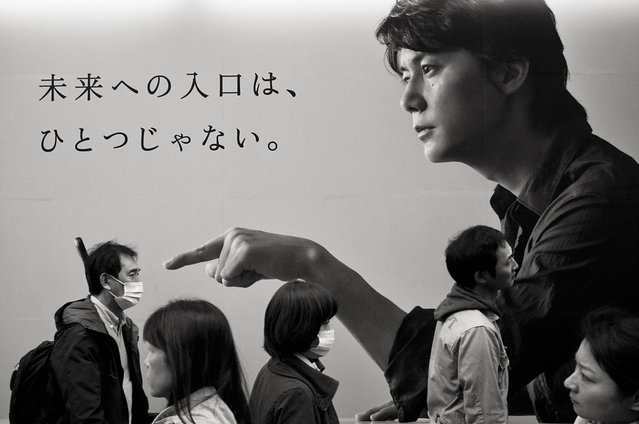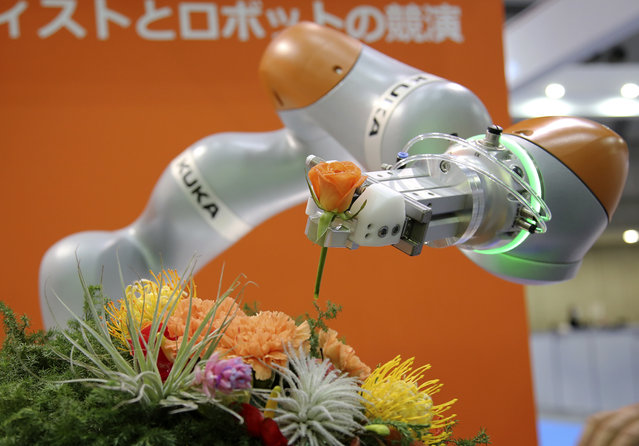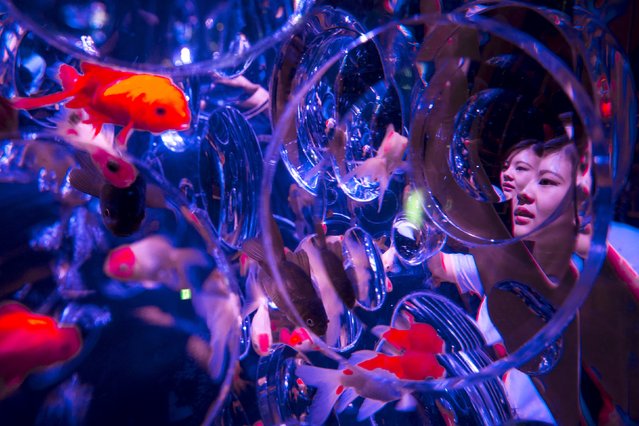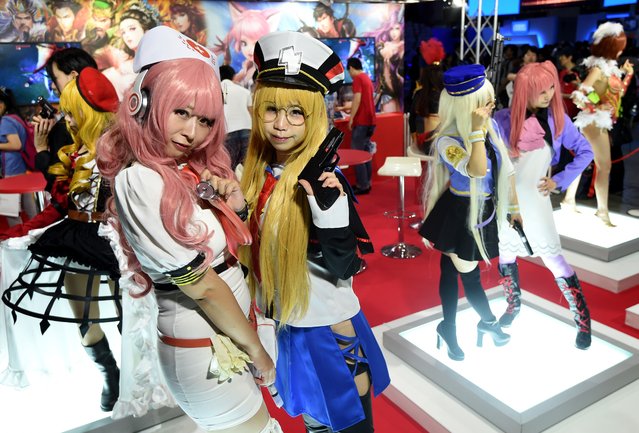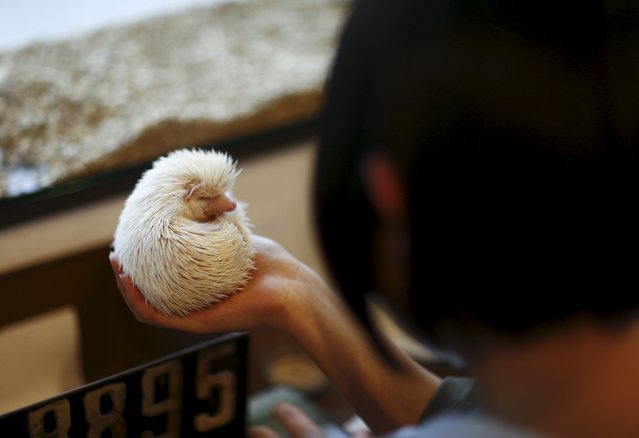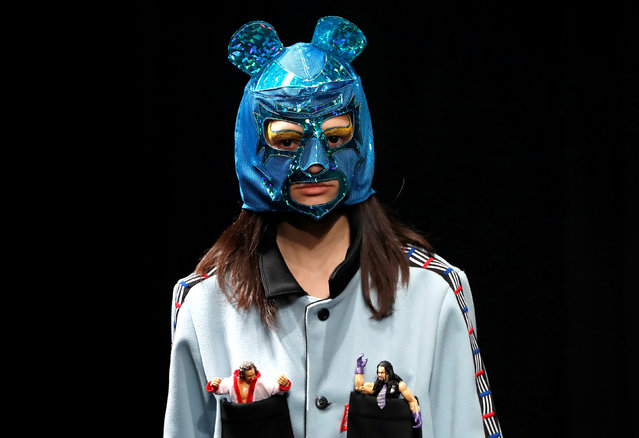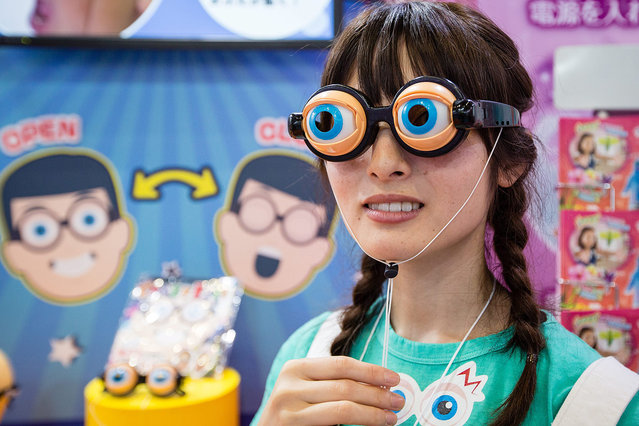
Suzuki's Hanare concept car is displayed during the Tokyo Motor Show, in Tokyo, Japan on October 23, 2019. The 46th Tokyo Motor Show will be open to the general public from 25 October to 04 November 2019. (Photo by Soe Zeya Tun/Reuters)
26 Oct 2019 00:05:00,post received
0 comments

